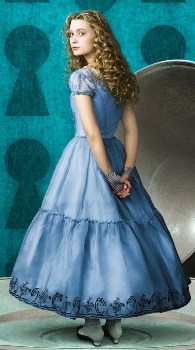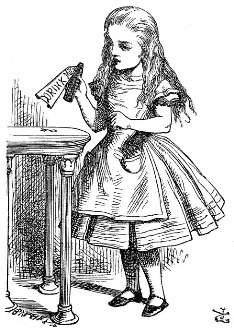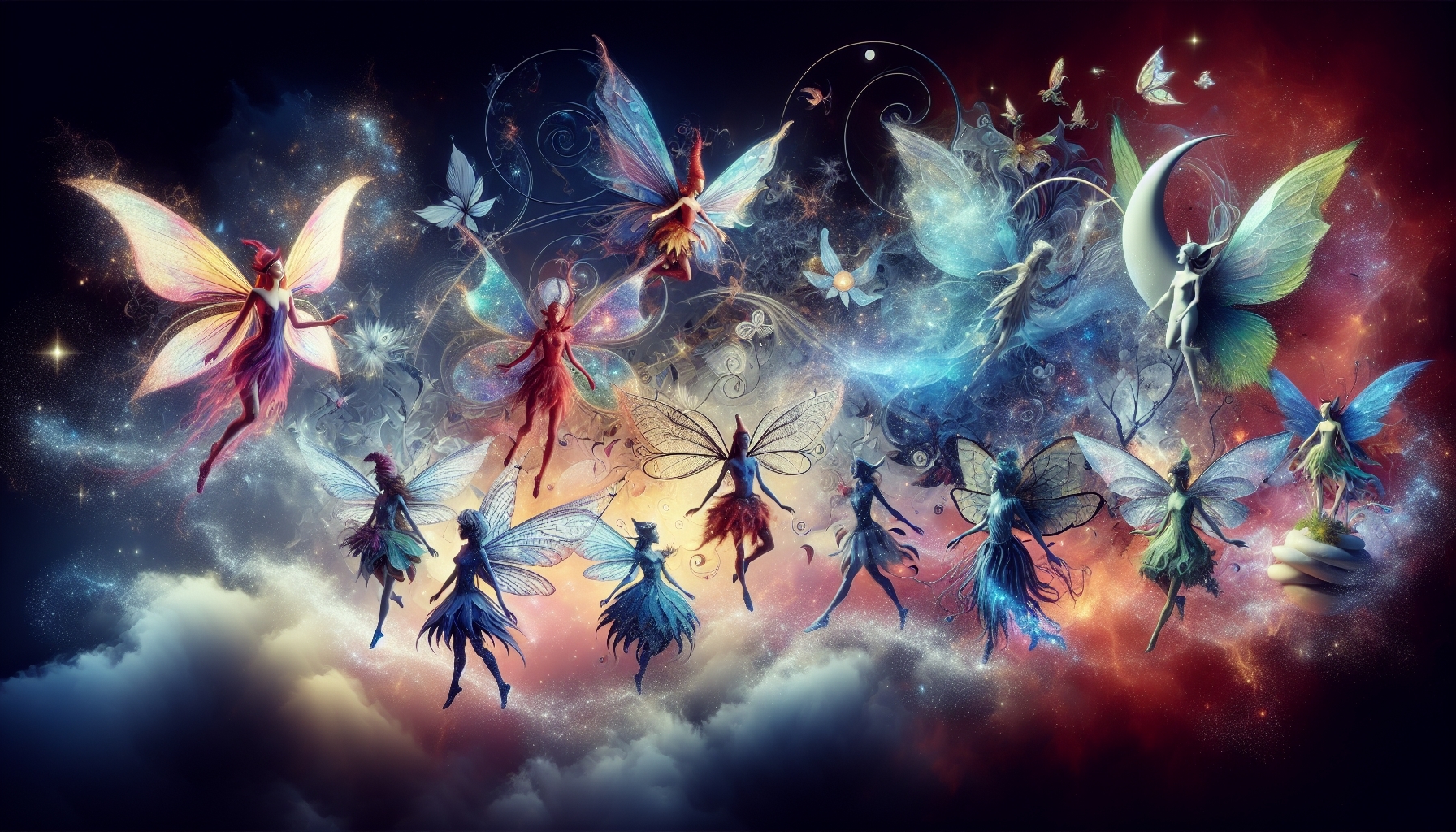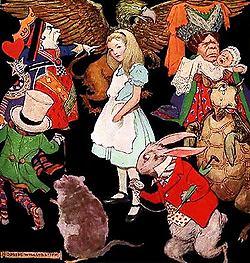Alice In Wonderland Author
Alice In Wonderland Author Lewis Carroll's vivid imagination and skill in storytelling have made Alice's Adventures in Wonderland a timeless tale that continues to enchant readers of all ages.
The book's success led to a sequel, Through the Looking-Glass, and What Alice Found There, which further solidified Carroll's position as a prominent author in the world of children's literature.
Alice in Wonderland Author, Charles Lutwidge Dodgson, better known by his pen name Lewis Carroll, was an English writer, mathematician, logician, and photographer. Born on January 27, 1832, in Daresbury, Cheshire, England, he is best known for his iconic children's novels, Alice's Adventures in Wonderland and its sequel, Through the Looking-Glass.

The story he wrote:
It begins on a warm summer day, as a young girl named Alice sits with her sister by the riverbank. Bored and seeking entertainment, Alice's curiosity is piqued when she spots a peculiar white rabbit wearing a waistcoat and carrying a pocket watch, hurrying past her and muttering about being late.
Unable to contain her curiosity, Alice follows the rabbit and falls down a deep rabbit hole. This marks the beginning of her extraordinary journey into the fantastical realm of Wonderland. Throughout her adventures, Alice encounters a host of eccentric and whimsical characters, including the Cheshire Cat, the Mad Hatter, the Queen of Hearts, and the White Queen.
As Alice navigates through the topsy-turvy world of Wonderland, she finds herself in a series of bizarre and often nonsensical situations. The story explores themes of identity, growth, and the absurdity of the adult world, all while maintaining a playful and imaginative tone. Alice's Adventures in Wonderland has captured the hearts and minds of readers for generations and remains a beloved literary classic to this day.
Alice In Wonderland Author - Inspiration
The inspiration for Alice's Adventures in Wonderland can be traced back to July 4, 1862, a day that has come to be known as the "golden afternoon." Dodgson, along with a friend, Reverend Robinson Duckworth, took the three young daughters of Henry Liddell, the Vice-Chancellor of Oxford University and Dean of Christ Church, on a rowing trip along the River Thames. The sisters, Lorina, Alice, and Edith, were eager for a story to pass the time, and Dodgson began to spin the tale of a young girl named Alice who falls down a rabbit hole and finds herself in a magical, nonsensical world.
It is important to note that while Alice Liddell was the inspiration for the character of Alice, Dodgson's Wonderland is a product of his vivid imagination and skill as a storyteller. The novel reflects his wit, love for wordplay, and keen interest in logic, resulting in a timeless and enchanting story that has captivated readers for generations.
The novel features many iconic characters, such as the White Rabbit, the Cheshire Cat, the Mad Hatter, the Queen of Hearts, and the Caterpillar. The story has been adapted into numerous films, television shows, and stage productions, as well as inspiring various works of art and literature.
"Alice's Adventures in Wonderland" is known for its clever wordplay, logic puzzles, and imaginative elements that have captured the hearts and minds of readers for generations. The story has been interpreted in various ways, with some critics seeing it as a satire of Victorian society, while others see it as an exploration of the nature of reality, language, and identity.
The novel's sequel, "Through the Looking-Glass, and What Alice Found There," was published in 1871 and further explores Alice's adventures in a world where logic and common sense are turned upside down. Together, the two books have become enduring classics in the world of literature.
How it came about

In July of 1865 exactly three years after the boat ride, "Alice In Wonderland" by "Lewis Carroll" was published with illustrations by John Tenniel. Tenniel objected to the first print run of 2,000 because of poor print quality. All were destroyed except for 23 known copies. Eighteen of these copies have been purchased by libraries or major archives, one of which was the Harry Ransom Humanities Research Center. The other five are held by private owners). So a new edition was printed and released in December of 1865 but has a 1866 date. "Alice" was a sensation for the publisher. The entire print run sold out very quickly.
A young Oscar Wilde and Queen Victoria were among the first readers that fell in love with the "Alice s Adventures In Wonderland" story. Since then the book has never been out of print. Over time 120 languages have translations of "Alice s Adventures in Wonderland". In this country, we now call this book"Alice In Wonderland". There are over a hundred editions of this book, plus many adaptations especially in the theater and film with over 100 different editions of the book published..
In Conclusion
The word "Wonderland", from the title, has been accepted into modern English language. The word refers to a beautiful imaginary place. It can also refer to a real place that seems to have a dream like quality. Many additional terms from the the story are popular in today's culture. The White Rabbit. "Down the Rabbit-Hole", is a popular term for going forward into the unknown.
When the Cheshire Cat disappeared it prompted Alice's much published comment "...a grin without a cat! It's the most curious thing I ever saw in all my life!". See more about these wonderful characters HERE!


